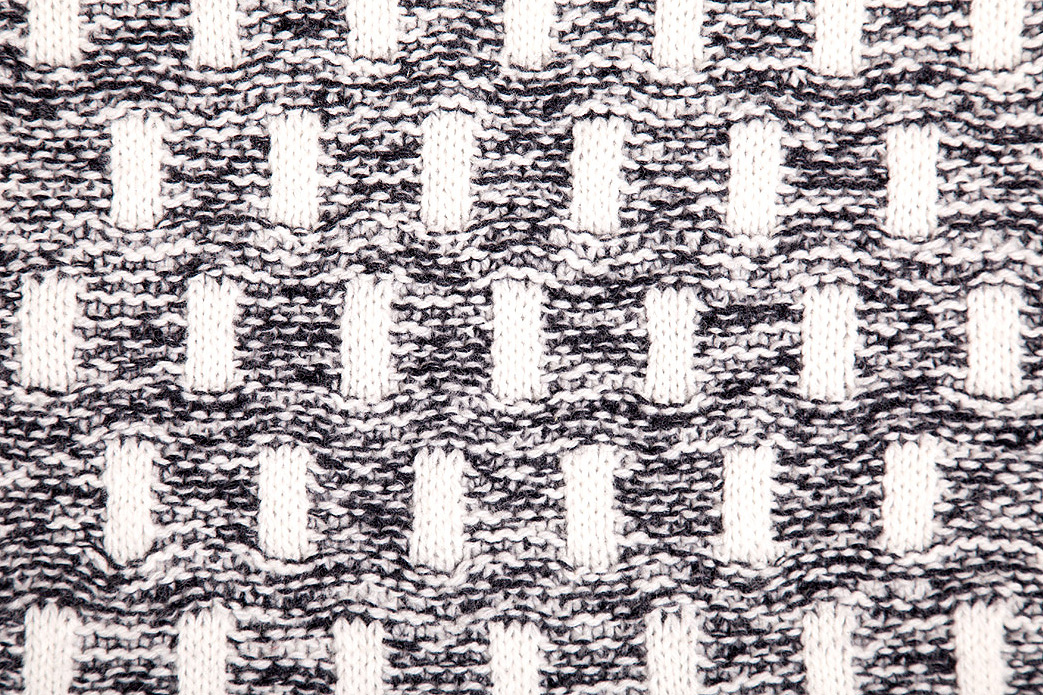3 hour class: Intro to Marlisle
Marlisle (combining marl and colourwork, aka fairisle) is an unusual technique for creating decorative texture and colour shifts with a particular focus on seamless knitting in the round. Marlisle allows patches of stranded colourwork to be scattered around a project without the use of intarsia while avoiding unworkably long floats. It can be used to combine different weights of yarn, throw new light on your stash, overcome frustrations like jogging stripes and can even be used to adapt existing patterns. It’s a fun way to change how you look at knitting.
As an entry point into understanding this novel approach, you’ll create a circular swatch from a choice of designs provided (we might even get round to a sneaky bit of steeking). Suitable for a range of skill levels, but perhaps most exciting for knitters who have experimented with stranded colourwork and intarsia and understand the limitations of these existing techniques. The aim is to send you off inspired.
MINIMUM SKILL LEVEL
Intermediate/advanced beginner
EXISTING KNOWLEDGE/EXPERIENCE REQUIRED
– Experience of stranded colourwork a plus, but not essential.
– You must be confident working small circumferences in the round in the manner of your choosing (for example using DPNs or the magic-loop method).
SKILLS COVERED
– following a Marlisle stitch pattern from a chart
– casting on and off for Marlisle
– working a swatch in the round, including basic knotted steek
– combining colours
– deducing tension
– approaches to changing between colours
– managing floats and yarn
STUDENTS TO BRING
– pencil
– scissors
– ruler or tape measure
– 4ply/fingering yarn in 2 contrasting, but harmonious colours. At least 25gr of each.
Out of preference, opt for 100% wool, ideally not super wash treated for something a little ‘sticky’ and forgiving for both colour work and steeking.
– 3.25mm needles suitable for working small circumferences in the round (depending on personal preference and existing knowledge– aka it’s not a good time to try magic-loop for the first time!). Students can bring a range of sizes from 2.5mm to 4.5mm, if they wish to adjust for their personal tension on the fly.
Note: You can bring DK/light worsted yarn instead (or in addition) and corresponding needle sizes.
HOMEWORK
Work out which needle size works for you to get a DENSE (but not stiff) garter stitch using your two yarns held together.
HOST NOTES
MAXIMUM CLASS SIZE
12
VENUE TO PROVIDE
– quiet space for teaching
– chairs
– tables
– light
– refreshments
– possible use of white/blackboard or flipchart – a big piece of paper of some sort will do.




